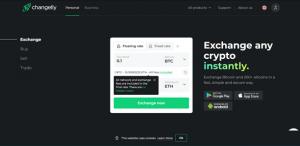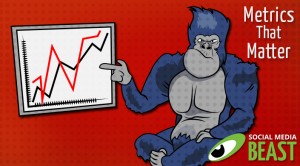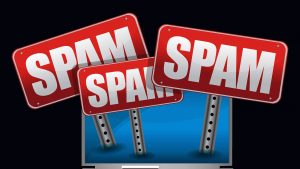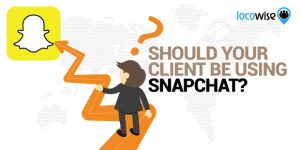Nail your Q4 email campaigns and engage high-value customers with campaign testing, personalized content and smart automation.
Are your Q4 email campaigns all set? If not, you still have time to nail down your email optimizations.
This article explores steps you can take to move the needle with your email program by:
- Identifying your highest-value customers.
- Building a testing campaign for Q4 success.
- Integrating personalization and automation.
- Improving for 2024.
How to identify your highest-value customers
Different industries (CPG, B2C, ecommerce) may have varying ways to determine their highest-value customers. But in the context of emails, high-value customers are those who consistently engage. Focus on those who have engaged (i.e., opened, clicked or purchased) in the last 30 to 60 days.
However, those who have engaged in the last 90 days form a bigger pool, so make sure you have that segment dialed in, too. Even if you set it up today and start gathering data and running tests, you’ll have three months of learning with a few weeks of holiday high tide to spare.
How should you approach tests to prepare for Q4?
I’m often asked about the best things to test first. My suggestion is to test everything — which is why a quarter of preparation isn’t really enough runway.
Offers and incentives
Work with your clients or colleagues to determine what they’d like to offer that will keep them profitable. Always use a “control” option you know to be effective, then test more- and less-aggressive offers to see what works best in the big picture.
Consider running those tests against your highest- and lowest-value customers to see what engages them. Your most valuable takeaways may come from what motivates the lowest-value users since they’re the hardest to reach.
Send time optimization
You’ll get the biggest kudos if you can increase sales without offers simply by nailing the content and the send timing. Use your ESP’s send time optimization tools (e.g., Smart Send Time in Klaviyo or Einstein STO in Salesforce) for the latter. This low-hanging fruit can immensely impact your email engagement by tailoring the send time to each user’s engagement pattern.
Test your email copy
Make sure you’re testing elements beyond subject lines. If you have your engagement segments identified, a good place to start could be testing copy.
Tailor the communication based on users’ engagement frequency and familiarity with your brand. This could mean adding a more personalized touch to less engaged users who need more educational content.
You can also customize copy for highly engaged users familiar with the brand, focusing on brand equity and updates. By starting with a segmented approach to content, you gain insights into communicating with each segment and open doors for testing various email elements.
Test your product features
Once general content testing is in place, look at your product features. This could involve testing popular products or how you feature dynamic product features based on engagement. Properly placing product features can lead to quick sales boosts.
Where should you start with integrating personalization and automation?
Personalize your emails as much as possible. For ecommerce brands, tailor product features and their placement, particularly products of interest to your audience. Regardless of your industry, use personalization based on customer behaviors and preferences. For example, a CPG dairy producer can send different recipes based on past engagement with specific products.
In terms of automation, the most essential levers to pull are abandon cart, browse abandonment and a welcome series. Expect more website visitors and subscriptions during holidays, so entice them with offers and CTAs. Have a post-subscription engagement plan in place.
Post-purchase email automations are also huge potential revenue drivers in Q4. Make sure you’re testing post-purchase experiences now, when volume is slower, to put the most effective one in place in Q4 as purchases ramp up.
Cross-selling is generally a big opportunity (if you just sold sneakers, offer them a bundle of snazzy shoelaces). But even if you send one email as a thank-you (including shipping timelines), it should go out at the right time.
If you’re ready to put post-purchase emails in focus, do a basic decision split for the customer journey. If folks aren’t subscribed, ask them to subscribe; if they are, go for the cross-sell.
How can you make 2024 even better?
Start planning in January to really nail Q4 – including a frank assessment of what worked and didn’t this time around. Get your audiences in really good shape by Q2, and by Q4 2024, you’ll have a better idea of the segments and the opportunity each represents.
Our most successful email clients know their high-, medium- and low-engaged segments, tailor their content to each bucket and have built and tested their always-on journeys.
The other bonus of planning that far out is that you can gradually build and stress-test your volume and cadence with months of data. Brands that don’t strategically engage for nine months and start blitzing their subscribers in Q4 aren’t nearly as effective as those that take a steady, measured approach, with strategic tests along the way.
Driving Q4 revenue: Email optimization through testing, personalization and automation
You can make a difference by putting things in play now. Whether it’s more strategic segmentation, personalized product offers, a more effective cadence or all the above, small changes can have a big ripple effect when buying interest is highest.
The post How to approach your highest-value customers with Q4 email planning appeared first on MarTech.
MarTech(6)





